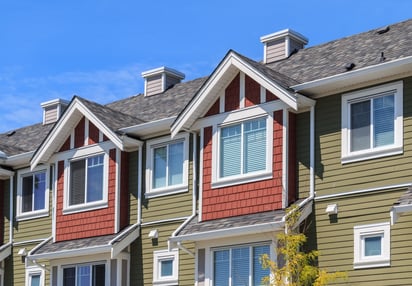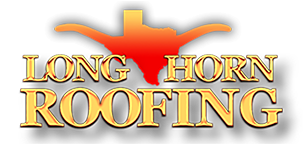 The roof on your rental property serves two primary functions. These are:
The roof on your rental property serves two primary functions. These are:
-
1. It shields the occupants, structure, and contents from direct exposure to the elements,
2. It is a critical part of the building envelope: the systems that control the home’s internal climate. More than any other component of the building, problems with the roof expose other important structures to the risk of damage. The effects of a leaking roof will ripple through the building and inevitably result in sagging ceilings, damp drywall, rotting wood, faulty foundation, decaying carpets, and mold. It will make the home more vulnerable to pest infestation.
A malfunctioning roof will also allow the conditioned air – heated or cooled – inside the home to escape. It will compromise the building’s ability to maintain its internal climate through the presence of leaks. This will not only make the home uncomfortable to live in, but it will also increase its energy usage.
Whatever affects the roof of your rental property affects your ability to attract and keep tenants in the home. It increases your maintenance costs and the overall profits from the business. This is why roof maintenance should be a major part of your property maintenance routine. Good maintenance will help you prolong the roof’s life.
What is roof maintenance and why does it matter?
Roof maintenance is a program that helps you detect faults in the roof before they become big issues that cost a lot of money to fix. It ensures that instead of fixing roof damage, you are preventing it. It can result in significant reductions to how much you spend on the roof while improving its function and appearance.
Proper roof maintenance involves the following:
- -Regular and detailed inspections
- -Addressing problems quickly and completely
- -Caring for the roof by removing things that predispose it to damage
Proper roof inspection
Regular inspection is the heart and soul of preventative roof maintenance. Most landlords do not inspect the roof of their rental properties at all. However, for the few that do, they do not have a good method for making sure they inspect the entire structure.
In order to be able to inspect the whole roof without missing or overlooking vital areas, you need a roof inspection checklist. This is a document listing all the critical aspects of the roof, as well as, explaining the step-by-step procedure for checking them.
Without a checklist to guide your roof inspection, it is likely to be haphazard and ineffective. When inspecting the roof, do not walk on it, as that could make it more vulnerable to damage. Hiring a roofing expert is recommended when inspecting your rental’s roof.
Some of the important things to look out for during roof inspection are:
- -Damaged or missing shingles: These could be shingles that are cracked, buckled, bowed, or just missing. Shingles may get blown away during a storm.
- -Loose, damaged, or missing flashing: Flashing keeps water out of the internal structures of the roof. Damaged flashing can serve as inlets for rodents.
- -Exposed and missing roof fasteners: These are used to secure parts of the roof to the roof deck. If they are exposed or missing, leaks become more likely.
- -Rusty and sagging gutters: Gutters transport water away from the roof and walls of the home. Damaged gutters will lead to roof and foundation damage
- -Piles of granules: Excessive granule shedding by roof shingles is a sign that the shingles are failing. This will normally be seen in piles of granules inside the gutters.
- -Organic growth: The presence of moss, mildew, and mold on the roof will let water remain longer on the roof surface and accelerate its wear and tear.
Routine tasks that help protect your roof
Doing the following tasks on a schedule will minimize the risk of damage to the roof and reduce the likelihood of costly repairs.
- -Clean the gutters: Gutters are prone to become clogged with debris. Blocked gutters may cause ice dams and other events that cause water to back up into the roof’s internal structure. Dirty gutters also make it possible for birds to make a home in the gutters and plants to take root in them.
- -Remove nearby tree branches: Branches leaning over the home can brush against the roof surface during heavy winds and damage the shingles. Overhanging branches also serve as routes for rodents to get on the roof and nest inside it.
- -Remove growths: Moss roots trap water on the roof surface and create a chemical cocktail that is capable of breaking down the materials of the shingles. Mold and mildew feed on the roof and weaken the substrate of the shingles.
- -Re-caulk regularly: Flashing keeps water out of the internal parts of the roof and flashing needs caulking around their edges to remain waterproof. If the caulking is damaged, the flashing will lose its seal and become ineffective.
- -Check roof insulation: Lastly, do not neglect to inspect the roof insulation. If your rental property’s energy bill is increasing without cause, it could be due to problems with the roof insulation.

Image credits: adobe.stock.com (Volodymyr Kyrylyuk) pexel.com and pxhere.com

